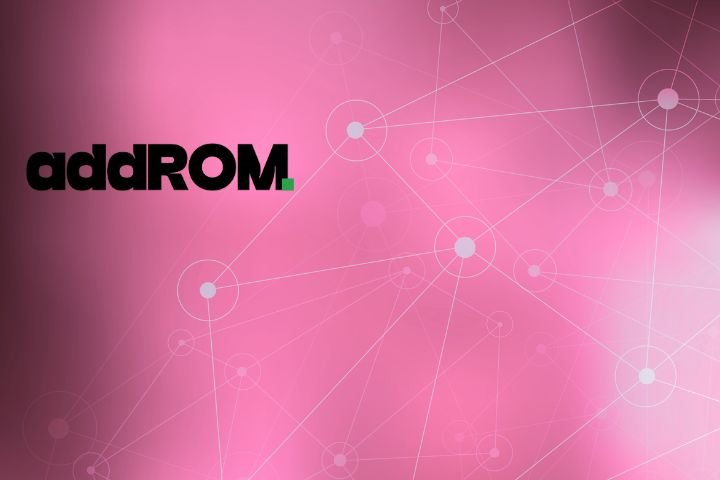LEDs have similar recognition nowadays due to the trend of smart homes, energy-saving, and electronic digital displays. However, have you ever pondered as to what exactly the abbreviation LED stands for? Why have LED semiconductors become popular in society and various areas?
The full expansion of the term LED is Light Emitting Diode. Even though the term may seem quite unfit for a regular layman’s usage or quite rationally to be proposed by engineers and specialists in the field of technology, the idea is very simple and quite practical and is used on a broad scale. This article is unique because, besides explaining the form of LED, it goes further to explain how this technology works, outlining areas where it has been applied and how it has revolutionized current light systems.
Understanding the LED Full Form: What Is a Light Emitting Diode?
The LED full form is Light Emitting Diode, it is defined as a diode that emits light when a current flows through it. Varying from other bulbs that work by heating filament and making it emit light, LED works through a process known as electroluminescence in which electrical energy is transformed into light energy.
It does so in such a way that LEDs are incredibly efficient in that they do not emit any form of heat, which was a problem for many forms of lighting for quite some time. They are small in size and portable, and no filter is needed when aiming at producing a sequence of colors.
In other words, it can be said that when current is passed through the diode, which is made up of some particular substances, then it glows. That is why an LED is different from other types of lighting; hence, it uses little power, does take some time to warm up, and also has a long life span.
A Brief History of LED Technology
Despite the fact that LED technology gives people the impression of a rather contemporary invention, the principles behind it actually originate from the beginning of the 20th century. The LED technology is comparatively new since the first visible spectrum LED was invented in the 1960s. Initially, only red light could be produced by LEDs, and they were used exclusively as indicator lights in the electronics industry.
There was the invention of different types of LEDs, which include green, blue, and white LEDs, advancing technology. The creation of blue LEDs in the 1990s was significant because it made whites by the combination of red, green, and blue or by using blue LEDs coated with phosphor. This led to the opening of the application realms of general lighting—and that is when the LED lighting regime emerged.
Why LEDs Are So Popular?
It is not just a notion that the use of LED lighting is fashionable; it is an implication of a plethora of benefits. In light of this notion, the first one is energy efficiency. Led bulbs can offer 80% less energy than the original incandescent bulbs and, in some cases, even provide a better beam of light.
Then there’s longevity. LED bulbs are capable of being used for a very long time and may last for 25,000 to 50,000 hours, which could mean up to 10 years of average use at home or in the offices. That is a much higher figure than that of incandescent bulbs, which can only last for around 1000 hours.
LEDs are also environmentally friendly. They do not have mercury like some other types of fluorescence bulbs, they do not generate heat, and they contribute less to carbon emissions because they require less power to operate. They are also very rugged and, therefore, could be used in places where they are exposed to harsh conditions outside.
LED Technology and Smart Innovation
The advent of smart homes has all but gifted LEDs their due billing. For some models, people can use their smartphones or voice devices, such as Alexa or Google Home, to change the settings of the bulbs. Lighting controls can include the ability to set scenes with different lighting, change colors, program a desired setting, and even ability to link the lights to music or movies.
LEDs also provide IoT compatibility, allowing building administrators and locality authorities to manage the usage of power in huge offices or infrastructures throughout the city. Motion sensor lights in hallways or outdoors can greatly save energy usage and also enhance security.
Final Thoughts
If we are to analyze the abbreviation of the full form of LED—Light Emitting Diode, we have only touched the tip of the iceberg, as is the case of the full form of any other technology. What started as simple signal lights, LED lights have advanced to become the source of home lighting, city lighting, and innovations.
Among other things, they are quite energy-rich, long-lived, environmentally friendly, and versatile across sectors. This means that in the foreseeable future, LEDs will shape the future and act as an even more crucial element of human life to improve the connectivity, efficiency, and brightness of our societies.
Thus, we should bow down to the simplicity of the light-emitting diode every time we flip a switch or look at the display of an electronic gadget. It is not just a light—it is enlightenment.
Also Read: Canon Event Meaning: What It Is & Why It Matters in Fiction & Real Life



